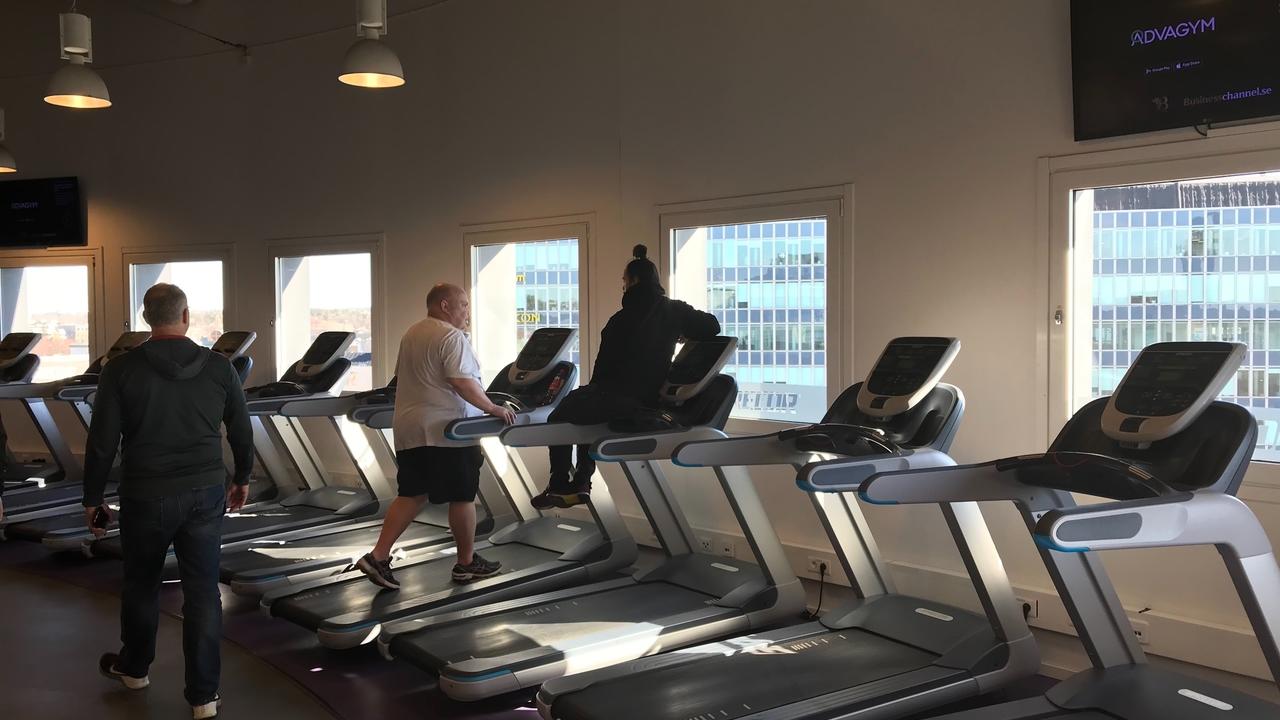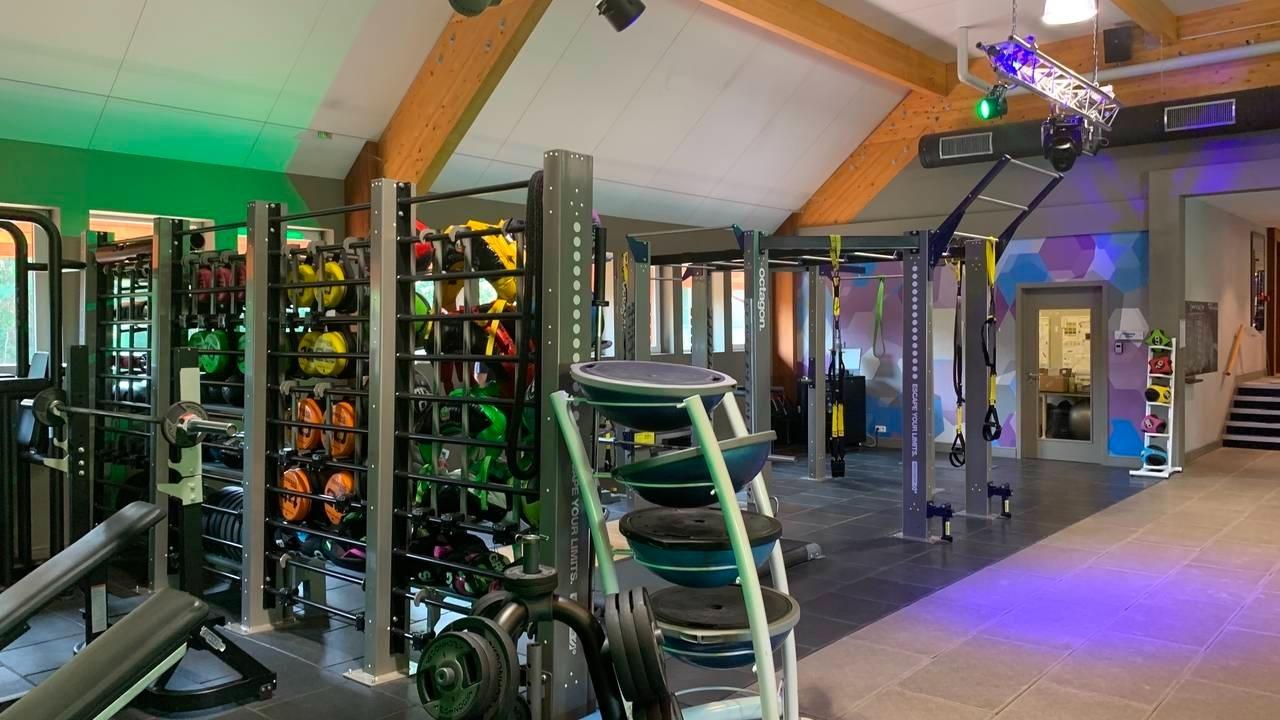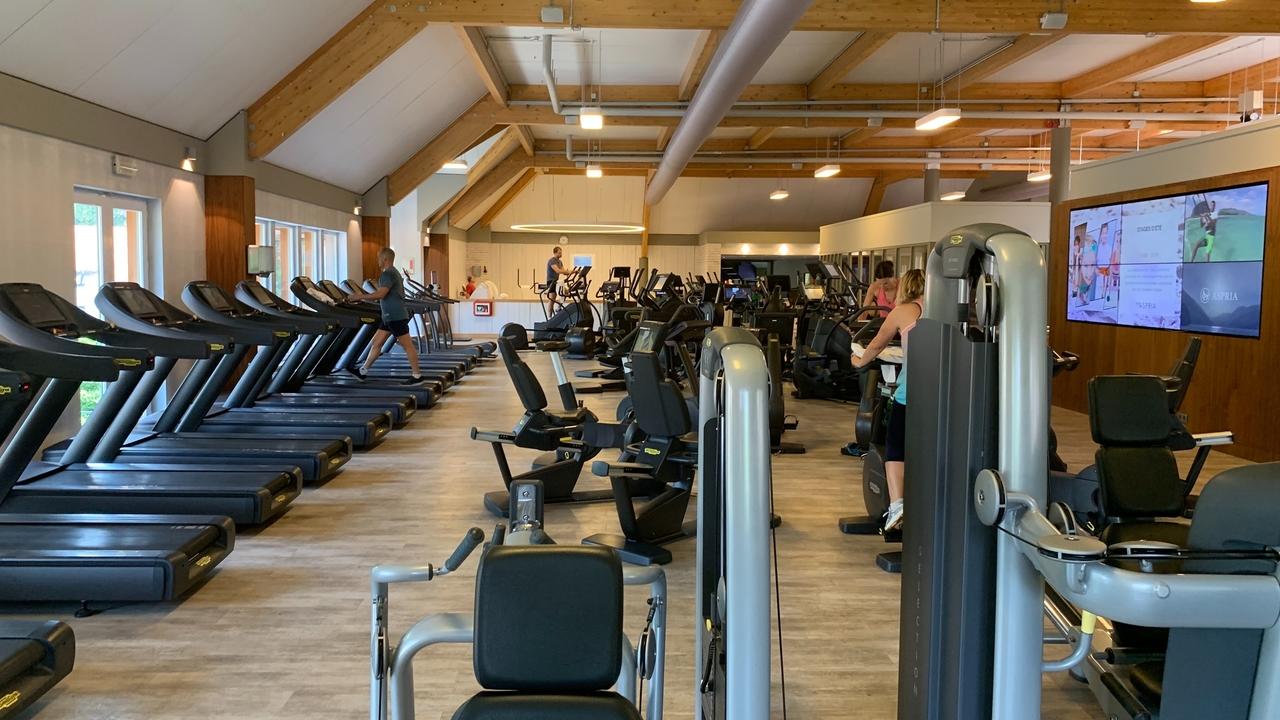FIT-C Podcast Corona Virus Edition
FIT-C Podcast Ep. 094 Garrett Marshall, Paul Bedford, & Mike Leveque: Dealing With The Coronavirus
This week, on the Fitness + Technology podcast, host Bryan O'Rourke welcomes special guests from across the industry in wake of the coronavirus pandemic. As leading thinkers and experts in fitness and club operations, listeners will hear their foresight into the future and how you can stay prepared in this time of uncertainty. The upcoming podcasts will be a series of interviews we hope will be of value to you as this situation unfolds. If there is anything we can do for you, please reach out @bryankorourke or at [email protected].
Please know, we will get through this. We send our prayers and best wishes to you and your families.
One Powerful Quote:
8:47: “We did make a...
Escape Your Limit Podcast - What's the difference between retention and attrition?
Retention is the period of time between when someone joins and they either stop exercising or when they stopped paying. Depending upon the markets we work in, it depends which one of those two or if we measure both.
Attrition is the number of people that cancel from your business. So one is measured in months and the other is measured in people, so they're not the opposite of one another, Like many people think. They're related, but then they are separate measures completely.
Lots of people say, oh well if your retention is this, then your attrition is the opposite.
We use traditional statistical analysis that's found in medicine insurance companies to actually track and plot what people are doing. Some of the things that the Fitness industry use to measure attrition just have no value. You might as well measure the size of a room with an ice cream.
Retention needs to be measured in people, not percentages.
The approach that's most appropriate, is called survival analysis. Survival an...
Staff who help retain members:

No staff who sit on treadmills while clients workout are NOT what I am looking for in staff. Our research has shown that staff to member interaction has been hugely effective at increasing member retention. One of the characteristics of clubs who retain their members for longest, is the staff they hire.
The most effective clubs hire employees with specific traits and characteristics that will enhance the business. Hiring the ideal member of staff is not just about who is the most knowledgeable because information, technique, and systems can be taught. Recognising the best qualities of an ideal candidate is important in order to determine who will work best with other members of staff, who is most apt, and who will also become a strong asset. Assuming that our fitness staff have an appropriate qualification to do their job the following 10 items become the essential criteria for recurring staff that can assist in the development of a member and increase retention.
Here are 10 characte...
Digital Intervention for Retention not sales Pt 4.

In the final part of our series on customer retention, Digital intervention for retention not sales we explain how to use CRM systems as a digital intervention for retention…
Most CRM and marketing systems are all aiming to resell. Think about your Facebook feed, if you click on an ad you’re then haunted for the next three months by the fact you searched for a new greenhouse for your Grandfather! But it doesn’t have to be like that. You can use the same technology when someone has joined your club to send reassuring, supportive messages.
So, when a new person signs up from your joining page, send them a thank you note and use a retargeting pixel to interact with them via pop up messages during their first three months of membership, such as ‘How are you finding the club?’, ‘We're glad you're part of our community’, ‘Here's a testimonial from someone who's achieved similar things to you’. You can simply take all the strategies used to attract new people and repurpose them to reinfo...
Visits and how they affect Retention Pt 3.

Ultimately, if you want to stay in business, people must use your facility, and, as I've mentioned previously, you want members to visit a minimum of once per week or four times per month and upwards.
My Retention VIP project focusses on just three areas: visits, interactions and programming. In conversation, the staff’s responsibility is simply to drive visits, because if they don't attend, it doesn't matter how well-educated your staff are or how beautiful your club is, it's irrelevant.
So a lot the of work I do with staff is based around about asking customers when they are in next. When they are next training, and when they were in last - trying to get them into a routine. People who follow exercise on a routine behaviour, for instance, same day / same time, adhere to their exercise programme, what we prescribe for them, much more strongly. Plus they retain their memberships much, much longer.
Vice versa, people who train on an ad hoc basis drop in and out much more quickly. S...
How to build your Customer Journey to Improve your Retention Pt 2.

In this second of our four part series on customer retention, we explains the importance of the customer journey…
We use segmented data in our marketing to attract new customers by age, gender and sometimes by sociodemographic group. But once they've joined, we need to start segmenting them based on their behaviours. How frequently are they visiting? What activities are they doing? What are their preferences? What feedback are we getting in terms of their net promoter score?
Visit frequency is a key behaviour, because if visit frequency is low, there's a tendency for that person to drop out.People are much more likely to stay customers if they visit a minimum of four times per month in the first month.
My preference is to describe visit frequency per month, because so much fluctuates weekly. Sometimes people can't visit three times in one week, but they might make up a session the following week. So give your members a range rather than an absolute number, and encourage them to...
Creating a Retention Strategy Pt 1.

In this four-part series we take a look at the essential steps to building an effective retention strategy.
To measure retention you need to measure a time period, which usually starts with the day of joining and ends with their last payment or visit. You also need age and date of birth, gender and membership type. Collecting as many variables as you can allows better interrogation of the data to see what's impacting retention.
For example, we had almost a million member records for the Australian industry retention report. Fairly unique to Australia and New Zealand is weekly and bi-weekly membership payments, so we looked at whether the frequency of payment made a difference - it didn’t. But what we did find was that it made a difference to the sales figures. So Australian operators now know they can disregard the payment structure as a retention tool, but recognise it as a sales tool; without accurate data we wouldn’t have been able to see this trend.
Across the rest of the world ...
Who are your Most Valuable Members (MVM)?

If we take the data from your membership management software, we can break the content down by many variables. The White Retention Report identified that older members, who pay more and were on a contract were more likely to retain their membership than those that were younger, paid the least and were on month-by-month agreements.
We could go further and look at their social demographic profile, use the Sport England, Scotland or Welsh profiles to try and understand who our members are. However these are now rather dated and Experian, who produced these classifications for the sports bodies, are about to update their data system MOSAIC for the third time since these were originally introduced, such has been the change in the economy and the buying habits of consumers in the past 10 years.

While these approaches enable you to label the types of members you have, where more of them are and what magazines they read etc, etc, what it doesn’t do is consider the behaviour of the members...
We Need to Talk (MORE)

Talk To Retain
The data on member communication doesn’t make pretty reading for the industry, says Dr Paul Bedford – but some simple mindset changes can make all the difference.
There is no doubt about it, talking to members improves retention and reduces attrition. This delivers advantages to the operator: it increase revenue and is good for the member, as it improves the overall health club experience.
How can we say this with such certainty?
Research evidence generated over the past 12 years clearly demonstrates a relationship between staff, member interaction and retention.
This data identifies that health club members interviewed on the gym floor while working out want some level of interaction with staff. The statistics show that staff interactions are a strong predictor of membership maintenance.
Members who are spoken to every visit are 60% less likely to quit than those who are spoken to occasionally and 70% less likely than those who are spoken to rarely or never. This ...
A 12 Month Randomised Control Trial to aid Exercise Retention

Retention has been a key business issue in the fitness industry since the first retention report produced by Dr Melvyn Hillsdon in 2000. This was the first report on the topic to use scientific methods for reporting what was actually going on within clubs. Subsequent reports began to unravel the behaviours of members during the adoption and maintenance phases of membership. A key element identified early in the reports was that members who visited their club at least once per week in the first four weeks were more likely to stay members over the longer term.
As a result of this many operators rushed to develop gym induction systems forcing members to attend multiple appointments to ensure this four visit frequency. Little thought was given to the content of the inductions beyond extending the amount of equipment that was introduced. This lead to inductions processes that increased time with an instructor to 2-5 hours over multiple appointments. Little consideration was given to the ne...


